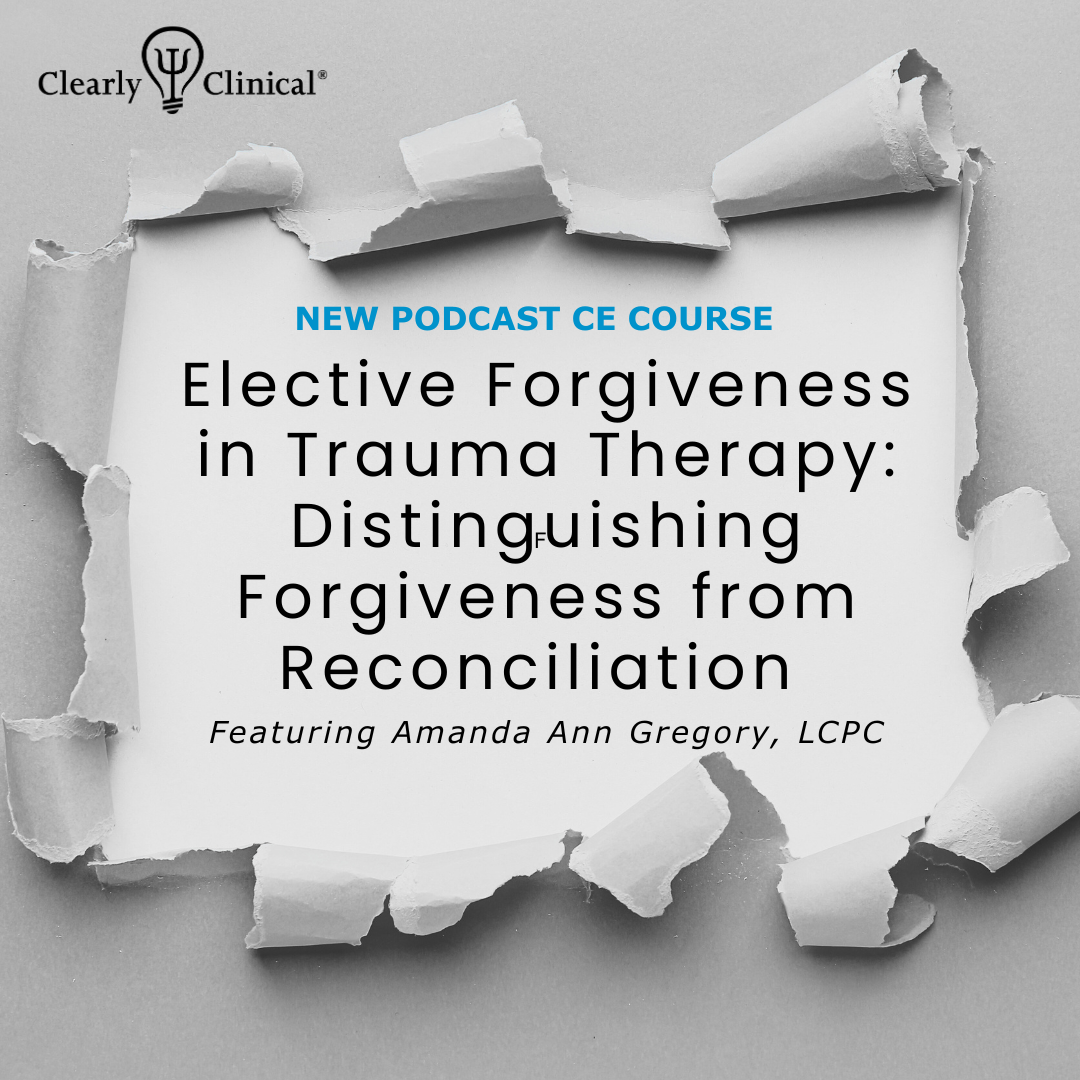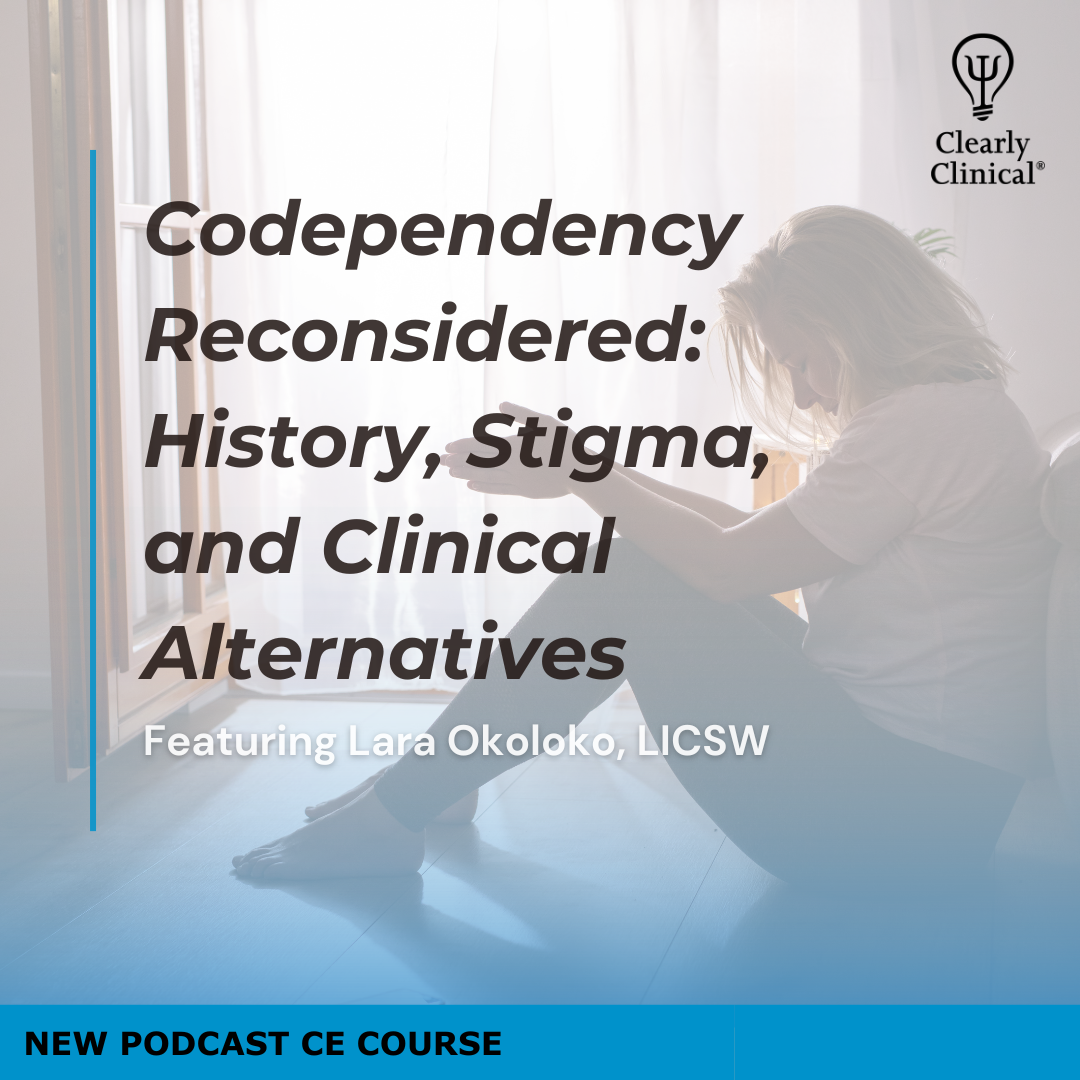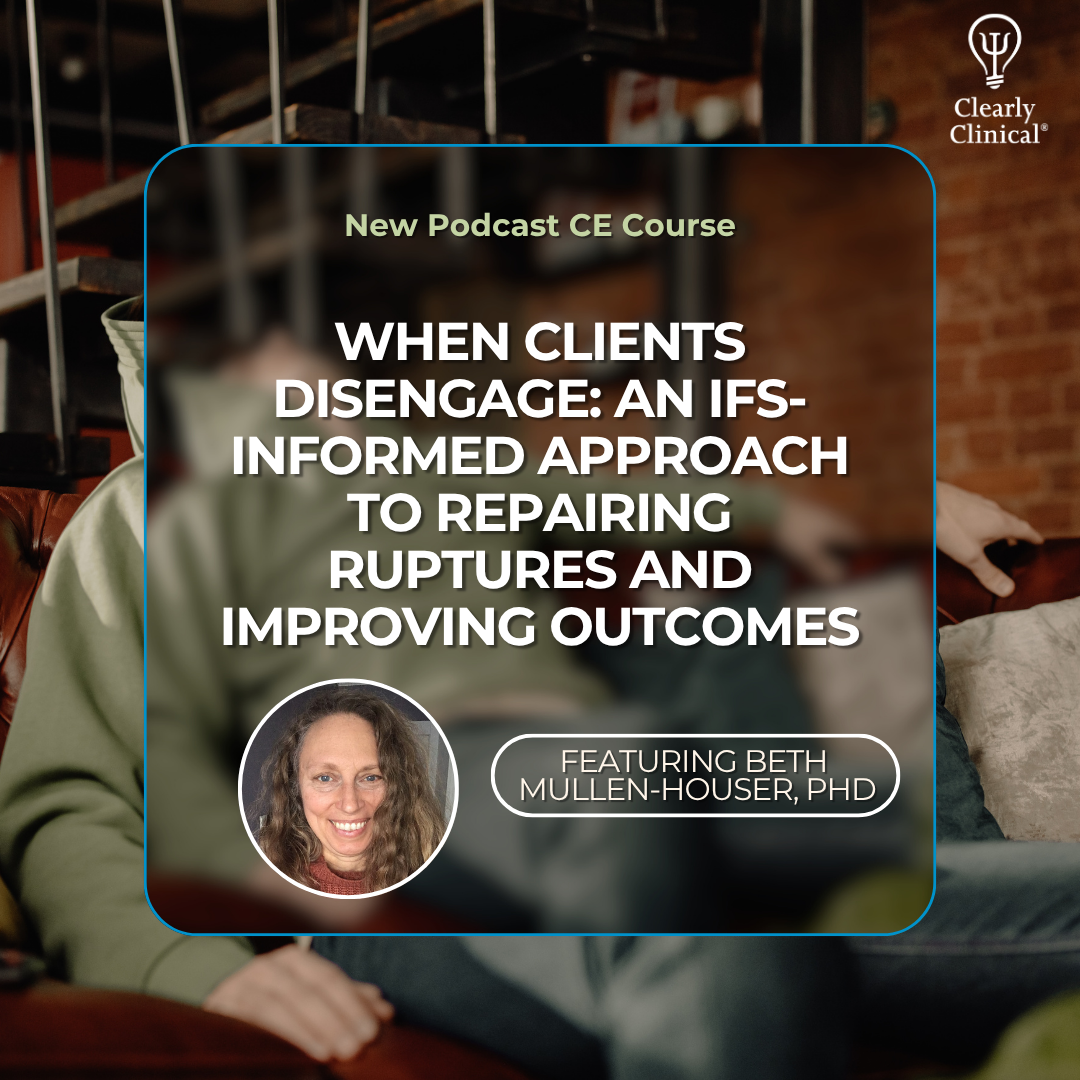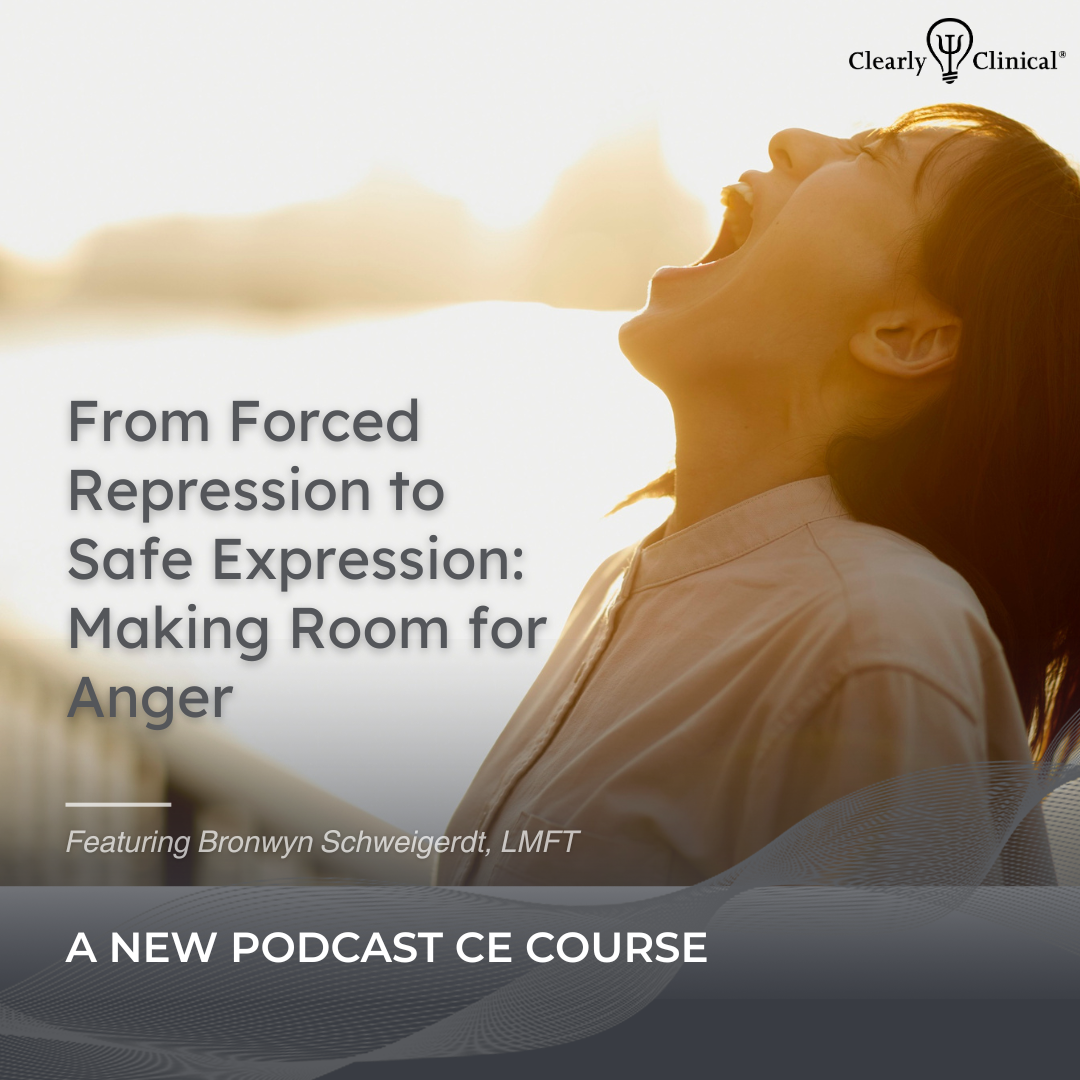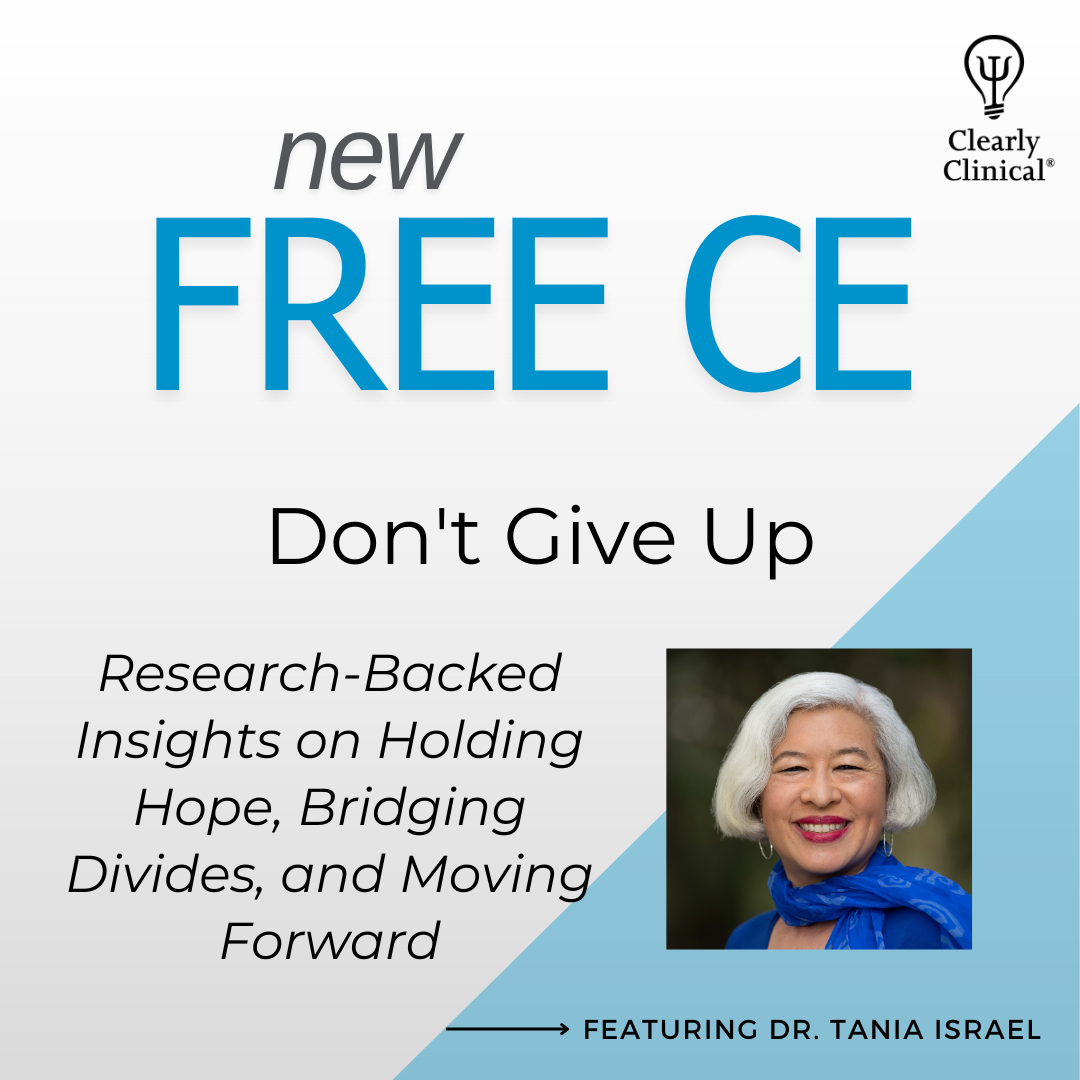When Forgiveness Hurts: A Trauma-Informed Approach to Elective Forgiveness
/Forgiveness is often praised as a universal good. But what if it isn’t? What if, for many trauma survivors, being told to forgive actually deepens wounds rather than heals them?
In this thought-provoking episode of Clearly Clinical, trauma psychotherapist Amanda Ann Gregory, LCPC joins us to challenge long-held assumptions about forgiveness in therapy. Drawing from nearly two decades of clinical experience and her book You Don’t Need to Forgive: Trauma Recovery on Your Own Terms, Gregory explores how cultural, religious, and even clinical pressures to forgive can silence trauma survivors and disrupt authentic recovery.
More importantly, she offers clinicians an alternative: elective forgiveness—a model that honors client autonomy, integrates trauma-informed care, and reframes forgiveness as one possible path among many, not a therapeutic mandate.
The Hidden Risks of Mandatory Forgiveness
Studies often overlook trauma survivors altogether, relying on small samples that fail to capture the lived experience of clients who have endured chronic abuse or systemic harm. For these individuals, being told to forgive too soon—or at all—can result in:
Suppressed anger, grief, or fear that interrupts trauma integration
Pressure to reconcile with unsafe individuals or environments
Reinforcement of cultural or religious shame narratives
Loss of autonomy and therapeutic trust
As Gregory notes, “Forgiveness can be healing—but only when it is chosen, not imposed.”
Elective Forgiveness as a Clinical Tool
So what does elective forgiveness look like in practice? Gregory breaks it down clearly:
Differentiate forgiveness from reconciliation. Clients may forgive without ever reestablishing contact, or reconcile without forgiving. The two are not synonymous.
Recognize forgiveness as a spectrum. It may emerge gradually, even unexpectedly, and often looks less like dramatic reconciliation and more like quiet internal shifts.
Offer forgiveness as an option, not a requirement. Effective trauma therapy focuses first on safety, emotional processing, and integration; forgiveness, if it arises, comes later and organically.
Use psychoeducation to clarify misconceptions. Help clients define forgiveness for themselves, exploring expectations like “I can never feel angry again” and reframing them with nuance.
This approach restores power to the client, allowing them to decide whether forgiveness belongs in their healing journey.
Upholding Autonomy
Mandating forgiveness, even subtly, risks replicating the very power dynamics that harm trauma survivors. Instead, Gregory invites clinicians to hold space for multiple pathways to healing—acceptance, boundary-setting, grief work, somatic integration—all of which may support recovery without requiring forgiveness.
A Pathway of Choice and Autonomy
One of the most powerful messages in this episode is hope: forgiveness can be part of healing, but only if it is elective. When clinicians release the assumption that forgiveness is always good, they create space for safer, more authentic client work.
Elective forgiveness is not a technique; it is a trauma-informed stance—one that validates complexity, honors autonomy, and affirms that recovery does not depend on absolution.
Listen to Episode 250: When Forgiveness Hurts: A Trauma-Informed Approach to Elective Forgiveness
Earn CE credit for listening to this episode; join our 1-year membership for $130 for unlimited podcast CE credit for a year.
Keywords: forgiveness therapy, elective forgiveness, reconciliation, trauma-informed care, client autonomy, therapeutic ethics, cultural narratives, trauma recovery


